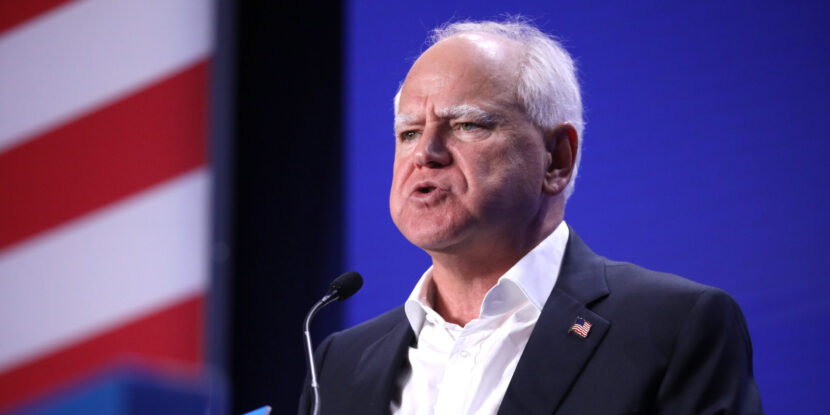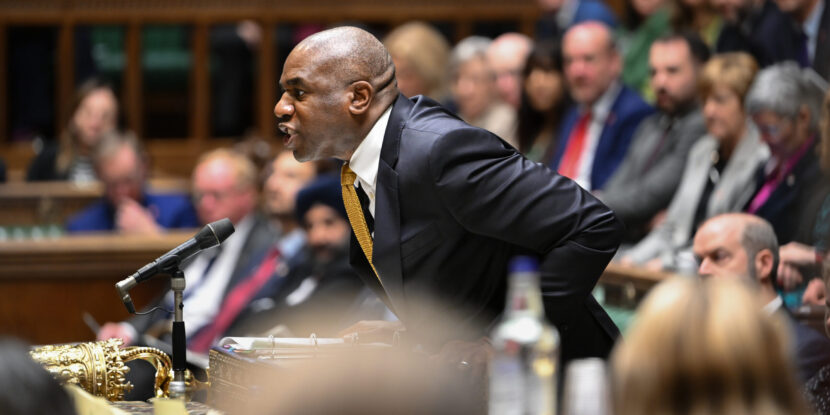The Gay & Lesbian Alliance Against Defamation (GLAAD) is bemoaning the fact that video games are not representative enough of homosexuality and transgenderism, even though their own research found that LGBTQ players are a tiny demographic in the gamer community and that a significant number of gamers, including LGBTQ ones, do not wish to see LGBTQ propaganda in video games.
In a report titled State of LGBTQ Inclusion in Video Games, GLAAD found that fewer than one in five (17 percent) active video gamers identify as LGBTQ — and nearly a full third of that small percentage have no desire to see more prominent LGBTQ storylines in games. More than half of LGBTQ players — 54 percent — do not care to see more playable transgender characters.
GLAAD found that nearly a third of non-LGBTQ gamers — 30 percent — are not more likely to play a game in which the main character is homosexual or transgender. One in five non-LGBTQ gamers — 20 percent — would not play a video game just because it had the option to make the main character transgender, and 24 percent wouldn’t play a video game simply because the main story arc featured a transgender individual.
Despite GLAAD President & CEO Sarah Kate Ellis’s statement that “[t]his report presents a clear business case for the industry to take action,” the research actually suggests otherwise.
Disturbingly, the GLAAD report also contains a focus on children under the age of 18, asserting that active LGBTQ gamers “skew younger” and encouraging video game developers to target these children with LGBTQ propaganda, in-game.
Calls for increased LGBTQ representation in video games targeted at children are unlikely to sit well with American parents, however, who across the country have increasingly been pushing back against efforts to promote deviant sexual lifestyles to children. Although a majority of gamers are over the age of 18, the vast majority of American children play video games on a regular basis. It is estimated that over 90 percent of children over the age of 2 play video games, and three-quarters of U.S. households own a console.




















